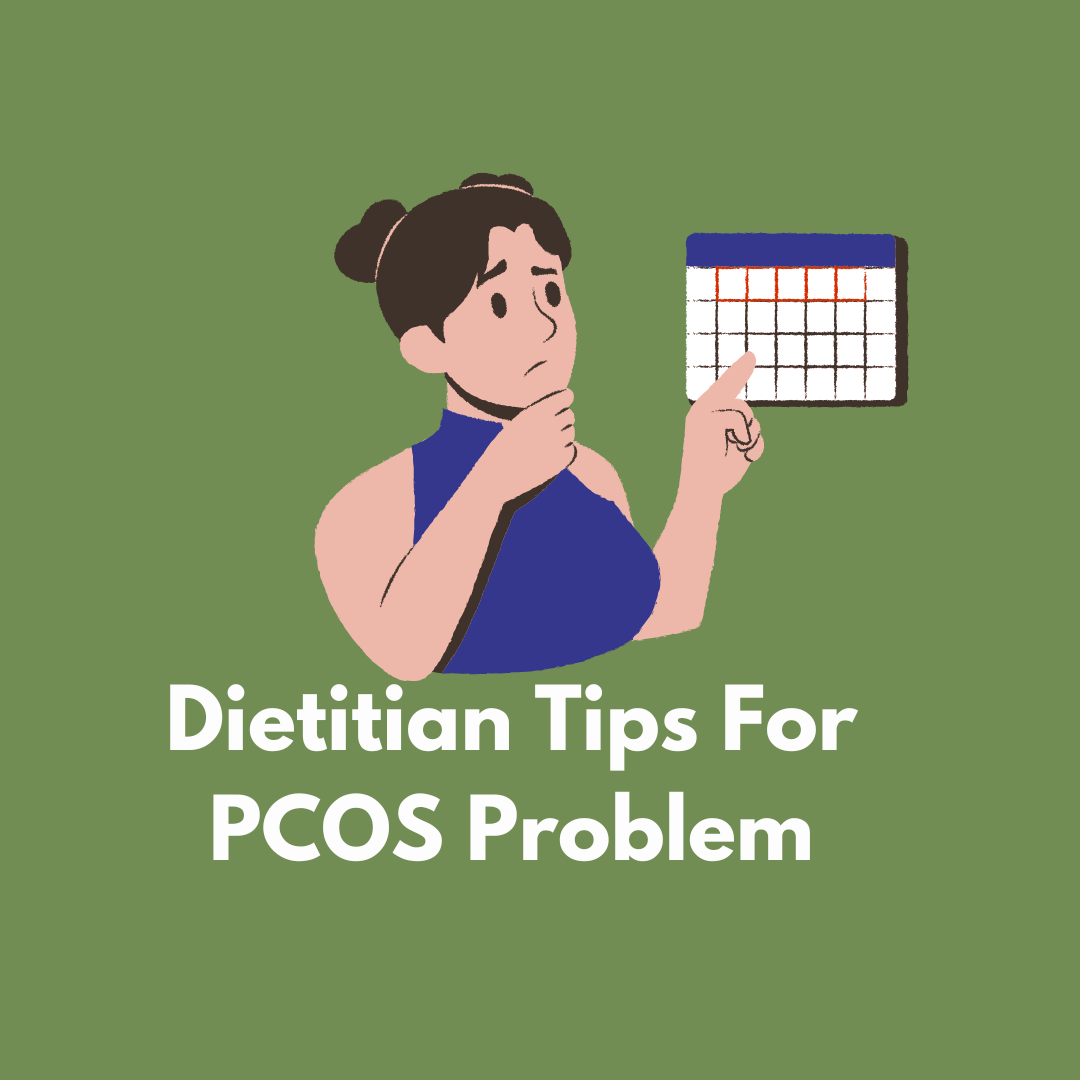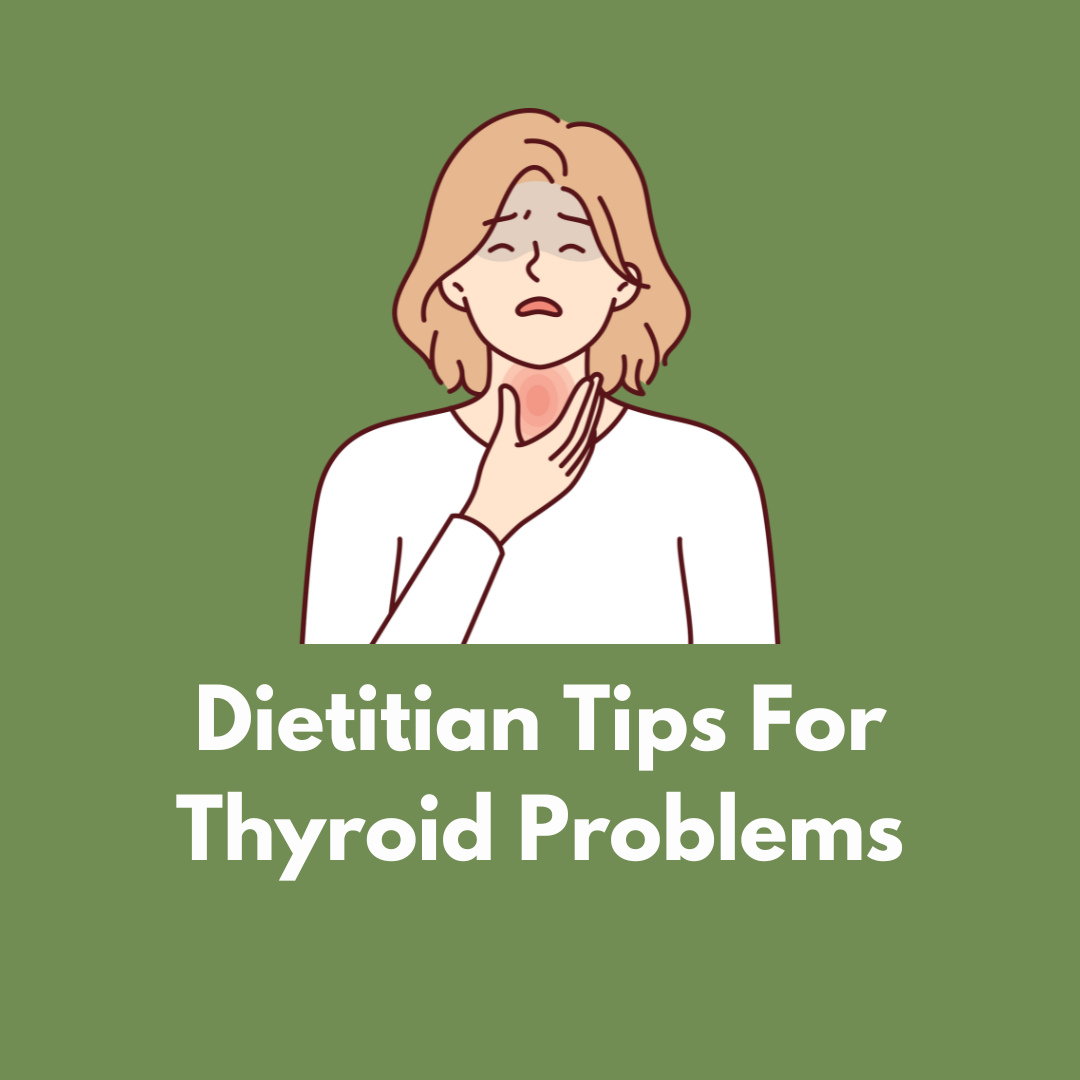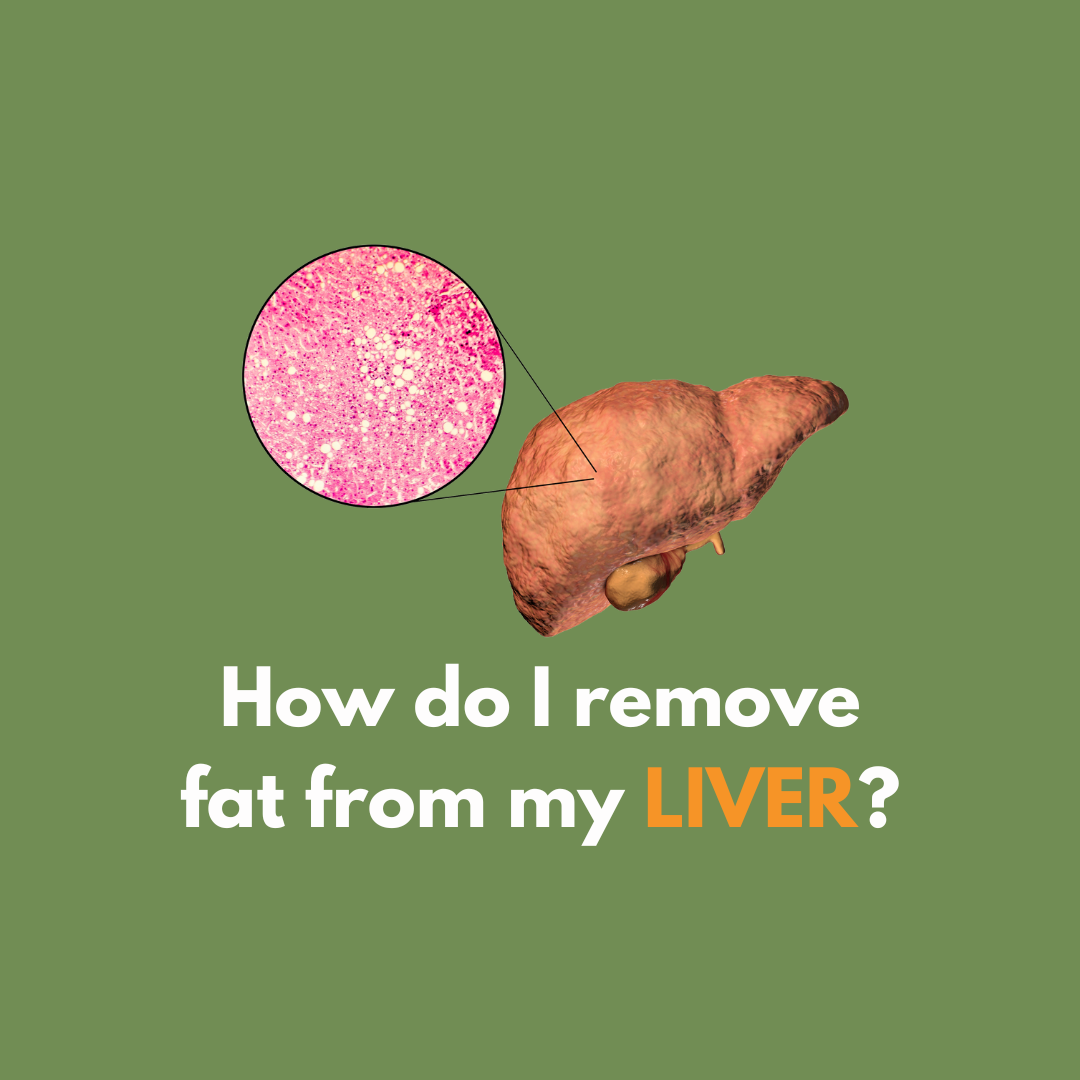To survive and reproduce, the human body relies on major internal body organs to perform certain vital functions. When two or more organs along with their associated structures work together they become component parts of a body system.
Some of the easily recognisable internal organs and their associated functions are:
The brain
The brain is the control centre of the nervous system and is located within the skull. Its functions include muscle control and coordination, sensory reception and integration, speech production, memory storage, and the elaboration of thought and emotion.
The lungs
The lungs are two sponge-like, cone-shaped structures that fill most of the chest cavity. Their essential function is to provide oxygen from inhaled air to the bloodstream and to exhale carbon dioxide.
The liver
The liver lies on the right side of the abdominal cavity beneath the diaphragm. Its main function is to process the contents of the blood to ensure composition remains the same. This process involves breaking down fats, producing urea, filtering harmful substances and maintaining a proper level of glucose in the blood.
The bladder
The bladder is a muscular organ located in the pelvic cavity. It stretches to store urine and contracts to release urine.
The kidneys
The kidneys are two bean-shaped organs located at the back of the abdominal cavity, one on each side of the spinal column. Their function is to maintain the body’s chemical balance by excreting waste products and excess fluid in the form of urine.
The heart
The heart is a hollow, muscular organ that pumps blood through the blood vessels by repeated, rhythmic contractions.
The stomach
The stomach is a muscular, elastic, pear-shaped bag, lying crosswise in the abdominal cavity beneath the diaphragm. Its main purpose is digestion of food through the production of gastric juices which break down, mix and churn the food into a thin liquid.
The intestines
The intestines are located between the stomach and the anus and are divided into two major sections: the small intestine and the large intestine. The function of the small intestine is to absorb most ingested food. The large intestine is responsible for absorption of water and excretion of solid waste material.
The human body is an amazing machine. Find out how it works, from head to toe.
If you were a single-celled organism and you lived in a nutrient-rich place, staying alive would be pretty straightforward. For instance, if you were an amoeba living in a pond, you could absorb nutrients straight from your environment. The oxygen you would need for metabolism could diffuse across your cell membrane, and carbon dioxide and other wastes could diffuse out. When the time came to reproduce, you could just divide yourself in two!
However, odds are you are not an amoeba—given that you’re using Khan Academy right now—and things aren’t quite so simple for big, many-celled organisms like human beings. Your complex body has over 30 trillion cells, and most of those cells aren’t in direct contact with the external environment.
A cell deep inside your body—in one of your bones, say, or in your liver—can’t get the nutrients or oxygen it needs directly from the environment.
How, then, does the body nourish its cells and keep itself running? Let’s take a closer look at how the organization of your amazing body makes this possible.
Organ systems
Organs are grouped into organ systems, in which they work together to carry out a particular function for the organism.
For example, the heart and the blood vessels make up the cardiovascular system. They work together to circulate the blood, bringing oxygen and nutrients to cells throughout the body and carrying away carbon dioxide and metabolic wastes. Another example is the respiratory system, which brings oxygen into the body and gets rid of carbon dioxide. It includes the nose, mouth, pharynx, larynx, trachea, and lungs.
Organs in a system work together.
Just like workers on an assembly line, the organs of an organ system must work together for the system to function as a whole. For instance, the function of the digestive system—taking in food, breaking it down into molecules small enough to be absorbed, absorbing it, and eliminating undigested waste products—depends on each successive organ doing its individual job.
Digestion is the breakdown of food so that its nutrients can be absorbed. It includes both mechanical digestion and chemical digestion. In mechanical digestion, chunks of food are broken into smaller pieces. In chemical digestion, large molecules like proteins and starches are broken into simpler units that can be readily absorbed.
Mechanical digestion, along with some initial chemical digestion, takes place in the mouth and stomach. Chewing breaks food into smaller pieces, and the stomach churns the food up into a fluid mixture. The stomach also acts as a storage tank, releasing partially digested food into the small intestine at a rate the small intestine can handle.
Many body functions are controlled by the nervous system and the endocrine system. These two regulatory systems use chemical messengers to affect the function of the other organ systems and to coordinate activity at different locations in the body.
How do the endocrine and nervous systems differ?
In the endocrine system, the chemical messengers are hormones released into the blood.
In the nervous system, the chemical messengers are neurotransmitters sent straight from one cell to another across a tiny gap.
Since hormones have to travel through the bloodstream to their targets, the endocrine system usually coordinates processes on a slower time scale than the nervous system in which messages are delivered directly to the target cell. In some cases, such as the fight-or-flight response to an acute threat, the nervous and endocrine systems work together to produce a response.



